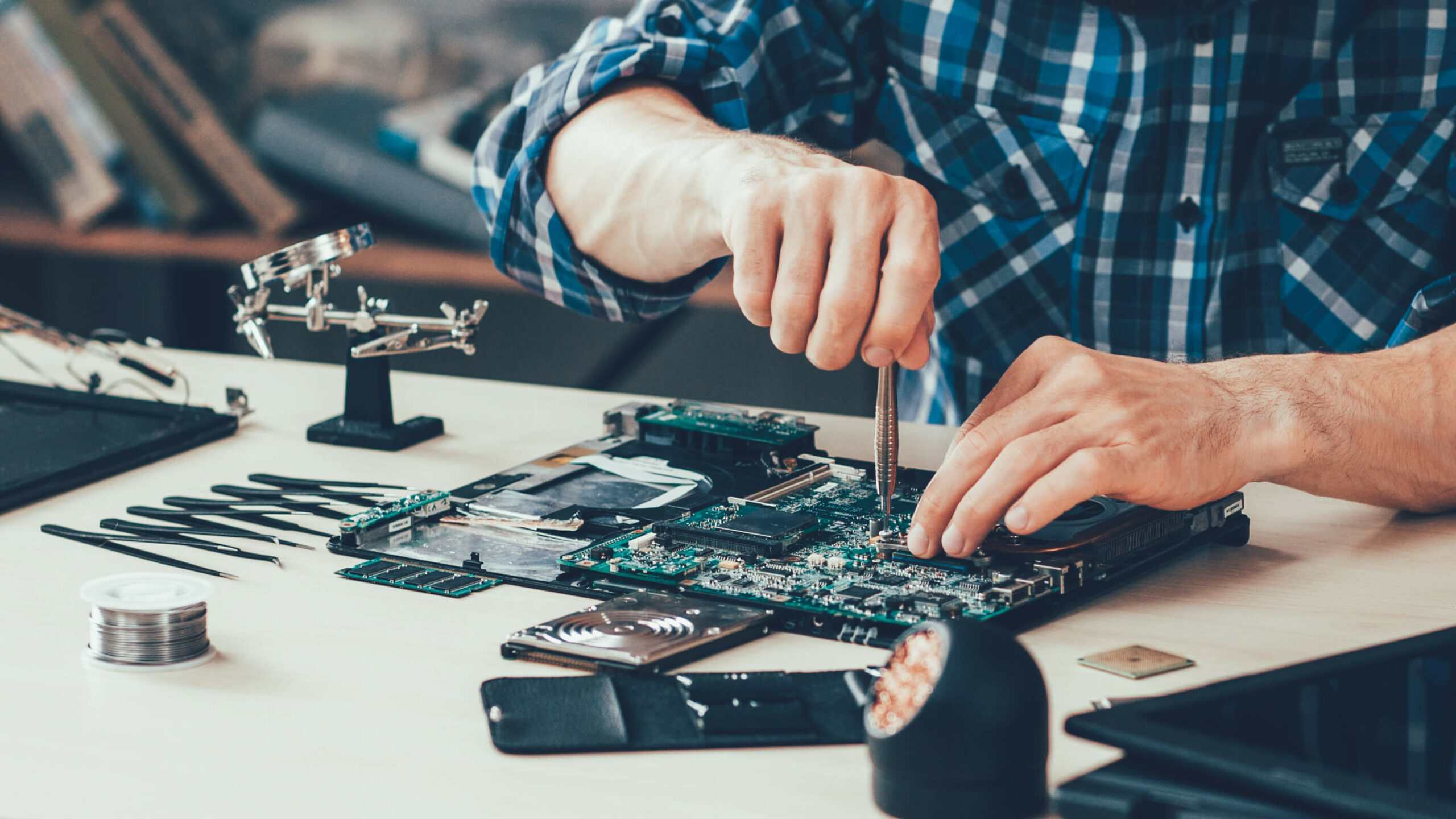Single-Course
Engelsk
5 ECTS
Nonlinear transducers
Overall Course Objectives
To introduce advanced elements in loudspeaker models in order to improve the validity of the models at higher levels. To describe the dominant sources of distortion in the loudspeaker and to introduce methods for identifying linear and nonlinear parameters. To introduce methods for compensation of the distortion.
See course description in Danish
Learning Objectives
- Explain the fundamental differences between linear and non-linear systems
- Account for the dominant nonlinearities in electrodynamic loudspeakers and to predict how a given nonlinearity will affect the movement of loudspeaker
- Explain how the loudspeaker behaves in the non-linear mode, including harmonic spectrum and DC position
- Compare and apply techniques for modelling physical systems in discrete time
- Carry out measurements and calculation of common measures of distortion
- Account for basic methods for identifying model parameters
- Explain and apply numerical methods for solving nonlinear differential equations
- Explain the fundamentals of non-linear compensation
Course Content
Nonlinear components in loudspeakers.
Distortion measures
Numerical solvers for nonlinear systems
Identification of model parameters
Compensation of distortion
Recommended prerequisites
34870/31220
Teaching Method
Lectures. Mandatory simulation exercises and laboratory measurements.





